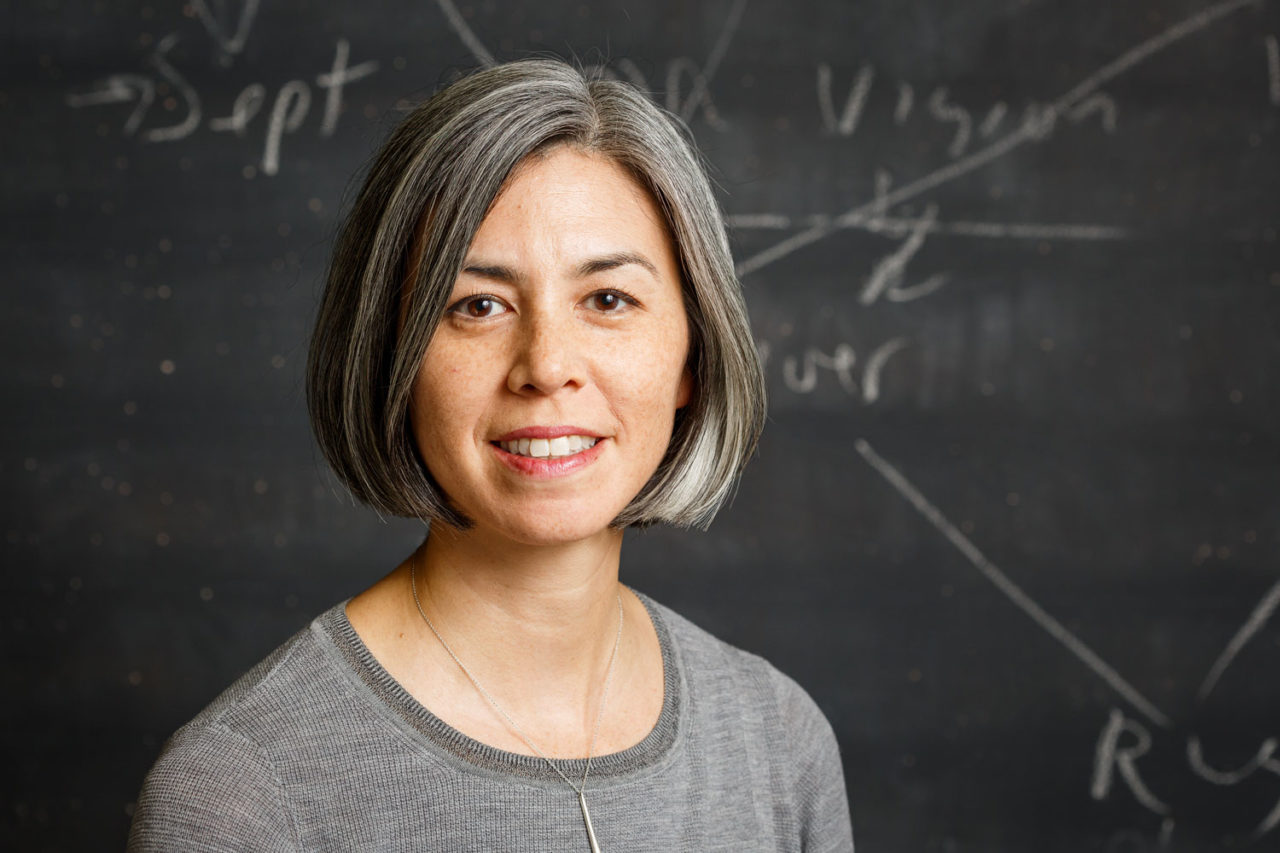by: AIA New York
At AIA New York, we are honored to have Kim Yao, AIA, taking the reins as the organization’s President for 2020. Yao, who is a Principal at Architecture Research Office (ARO), has already started to build upon her presidential theme, “Charting NYC 2020,” in order to help guide diverse programming for the upcoming year including a major fall exhibition developed in partnership with MIT’s Civic Data Design Lab. For Yao, the closing of the second decade of the 21st century provides an opportunity for AIA New York to pause and reflect. As we enter a decade marked by accelerating ecological, economic, and political crises, Yao invites architects to face these challenges together and encourages us to look back in order to move forward.
ARO is a New York-based architecture firm that unites strategy and intelligence with beauty and form. ARO’s diverse body of work has earned the firm over 100 design awards including the National AIA Architecture Firm Award, AIA New York State Firm of the Year Award, and the Smithsonian Cooper-Hewitt National Design Award. Yao holds an undergraduate degree in architecture from Columbia College: Columbia University and a Master of Architecture from Princeton University. She is Adjunct Assistant Professor of Architecture at Columbia University’s Graduate School of Architecture, Planning and Preservation, and has also taught at the School of Constructed Environments, Parsons, the New School for Design, and Barnard College (2001-2011). She is on the Executive Committee and Board for AIA New York and the Center for Architecture as the 2020 President of AIA New York.
Q: How/why did you decide to pursue architecture?
A: I discovered architecture in college with the simultaneous and fortuitous enrollment in my first design studio as well as my first architectural history course. I was immediately drawn to the creative exploration of studio, and to the rich history and context of the architectural project. Balancing the art of designing space with the functional needs that underpin the use of a building was immediately appealing. I was also attracted to the prospect of working on varied projects over time—a process of design and construction that would repeat, but that would always be evolving and different based on project types, locations and scales. In school, studio was always a collaborative environment, where ideas were shared freely between students and faculty. That sense of teamwork and collaboration, combined with creative expression, is what we get to experience daily as architects.
Q: What is influencing your work the most right now?
A: Time—as the element that defines both our experience of architecture, and the unit that we are designing for (and sometimes against). Considering the flexibility and longevity of all project types is of upmost importance, especially given the environmental footprint of each construction project. As architects we are challenged to design for an increasingly unknown future—in terms of climate resiliency and environmental conditions. Balancing those performance and life cycle issues with the actual, inhabited use of a building is a primary goal in all our work. If we can create flexible and durable buildings that respond to changes in patterns and types of use, we are maximizing the impact and effectiveness of each project.
Q: What do you see as an architect’s role—and responsibility—within our culture?
A: Architecture is public. Buildings and spaces actively contribute to their surroundings. Even private spaces have exterior conditions or are experienced by guests and visitors. Each project is an opportunity to elevate the daily life and experience of its users. Architects have the responsibility of leading this process by engaging clients and collaborators. We must also lead a conversation to help clients realize environmentally responsible and socially inclusive design. We are trained to critically engage complex problems; as citizen architects, we should share this expertise with our communities in diverse ways. This can occur both through our work, but also through our service—in our schools, neighborhoods, and cities.
Q: What are your thoughts on architectural education today?
A: Intersecting architectural pedagogy with architectural practice is at the crux of typical debates surrounding the education of an architect. Issues of preparedness, technology, specialization and access all come to the fore of this conversation. I remain optimistic about the state of architectural education today—an education that balances coursework at college and university with practical experience and exposure to the inner workings of an office. Our education relies on both pedagogy and practice. New leadership at architecture schools across the country and a commitment to diverse faculty, combined with awareness about the evolving challenges of architectural design, continues to elevate the questions students engage while in school.
Q: What do you think are the biggest challenges, or opportunities, facing cities today?
A: As architects we like to recast challenges as opportunities, right? Deeply rooted in the architectural project is an optimistic belief that buildings can make the world a better place. Our cities today need to densify, to address a growing population. They need to rejuvenate, to inject life into aging infrastructure. They must transform into resilient ecosystems rather than rigid constructs, to face the threat of climate change. Our civic leaders must invest in built social infrastructure, to slow the widening gap of social inequity. We should preserve and transform while we simultaneously reinvent and build new to embrace these opportunities.













